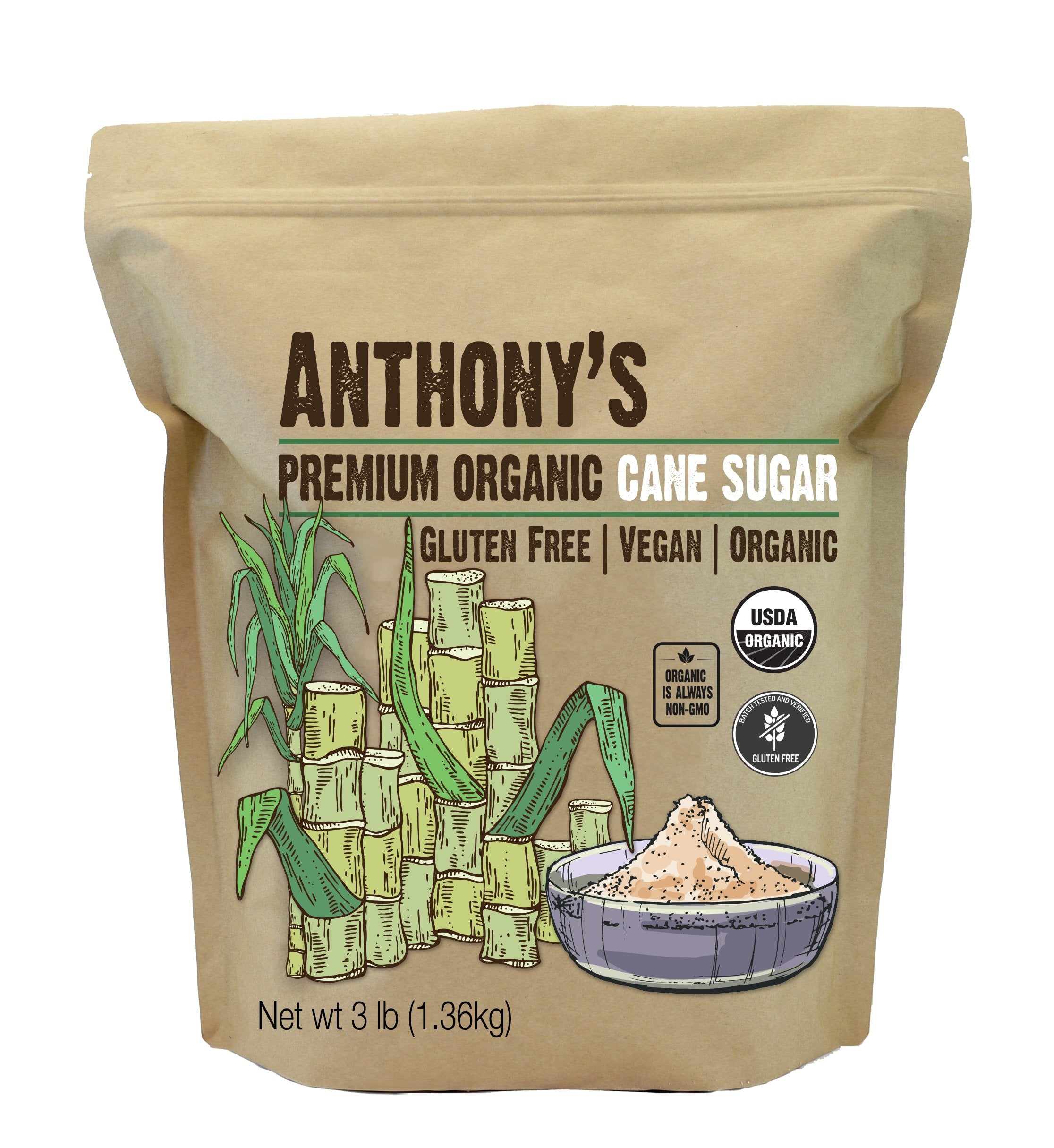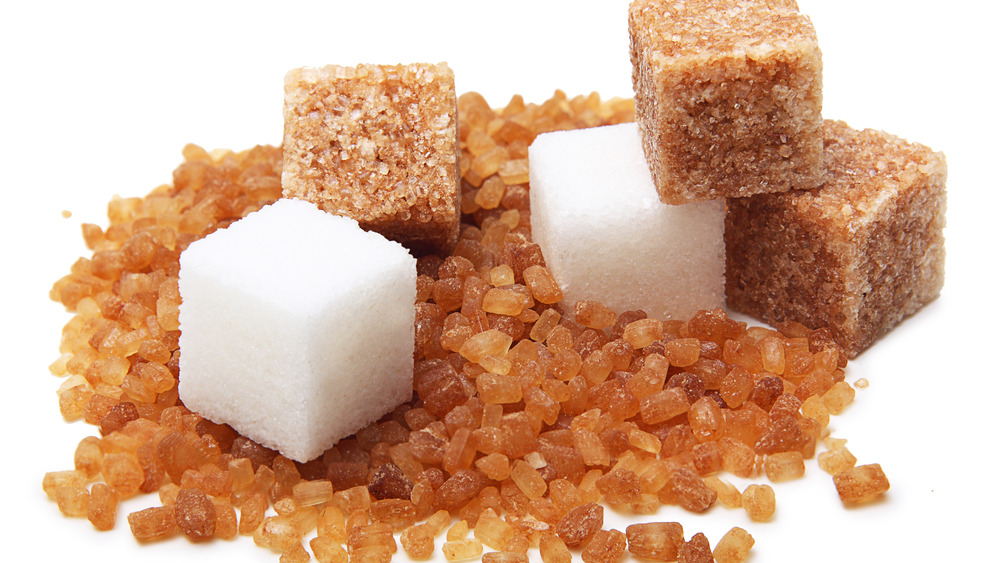Cane Sugar Processing: Secret Technologies for Superior Sugar Manufacturing
Cane Sugar Processing: Secret Technologies for Superior Sugar Manufacturing
Blog Article
A Comprehensive Guide to the Ecological Influence and Sustainability Practices in Cane Sugar Handling
The environmental influence of walking cane sugar handling offers an intricate selection of obstacles that warrant mindful assessment. From dirt degradation and too much water usage to the carbon footprint connected with growing and manufacturing, the consequences of traditional methods are far-reaching. In contrast, the adoption of ingenious sustainability actions supplies a pathway toward more responsible production approaches. Comprehending the interplay in between these issues is essential for stakeholders in the market. What certain practices can be implemented to strike a balance between performance and ecological stewardship? The solutions depend on a closer take a look at both the obstacles and possible options.
Review of Walking Cane Sugar Processing
Walking cane sugar processing involves a collection of organized actions that change sugarcane into refined sugar. Initially, collected sugarcane is carried to processing centers, where it goes through cleaning to get rid of dirt and particles. Following this, the cane is squashed to draw out juice, which is after that made clear by eliminating pollutants through heating and the addition of lime.
The cleared up juice undergoes evaporation, where water is eliminated to concentrate the sugar material. These crystals are separated from the remaining syrup making use of centrifugation, resulting in raw sugar.
The last item is after that dried out and packaged for distribution. Throughout this whole process, keeping performance and quality assurance is important to make certain the sugar meets sector standards. Each action in walking cane sugar processing not just adds to the end product however likewise has implications for resource usage and waste generation, setting the stage for conversations on sustainability and environmental effects related to sugar production.
Ecological Difficulties of Production
The manufacturing of walking cane sugar offers several significant ecological challenges that warrant attention. One key worry is the substantial usage of agrochemicals, consisting of fertilizers and chemicals, which can bring about soil destruction, biodiversity loss, and contamination of local water sources. The runoff from sugarcane areas usually lugs these chemicals right into neighboring ecosystems, interfering with water life and impacting the health and wellness of areas reliant on these water bodies.
One more challenge is the high energy consumption connected with sugarcane handling. The boiling and refining stages require considerable warm, mainly generated by burning nonrenewable fuel sources, adding to greenhouse gas exhausts. Additionally, the large land area required for sugarcane farming can bring about logging and environment devastation, further aggravating climate change and harmful wildlife.
Furthermore, the labor methods in some areas elevate ethical concerns, as workers might encounter inadequate working problems and inadequate incomes. This circumstance often perpetuates a cycle of hardship in local communities. Cane Sugar Processing. Addressing these environmental obstacles is crucial for developing a lot more lasting techniques in walking cane sugar manufacturing, eventually benefiting both the setting and the neighborhoods entailed in this sector
Water and Land Usage Impact
Water sources and land application are critical elements in the cane sugar industry that substantially affect the setting. The farming of sugarcane needs considerable water input, with price quotes suggesting that it can take in up to 2,000 litres of water per kg of sugar created. This extensive use water frequently leads to deficiency of regional water sources, impacting not only the sugarcane ranches but likewise surrounding ecological communities and communities that count on the exact same water resources for agriculture and residential use.

Moreover, land use for sugarcane farming can lead to deforestation and the conversion of all-natural habitats into monoculture ranches. This practice decreases biodiversity, disrupts regional environments, and adds to soil degradation. The development of sugarcane fields often trespasses on valuable farming land, creating competitors for resources between food and biofuel production.
Lasting practices, such as optimizing watering strategies and implementing crop turning, are crucial to mitigate these impacts. By adopting extra reliable water usage and land monitoring methods, the walking stick sugar market can decrease its check this environmental impact, making certain an equilibrium in between farming performance and ecological preservation.
Greenhouse Gas Emissions
Greenhouse gas exhausts represent a considerable ecological problem within the cane sugar handling sector, particularly as agricultural practices expand to satisfy worldwide demand. The cultivation of sugarcane, a plant that prospers in tropical environments, relies greatly on artificial plant foods and pesticides, which add to laughing gas emissions. In addition, land-use changes, consisting of logging for new sugarcane haciendas, launch carbon dioxide stored in vegetation and dirt.
Throughout handling, power usage is another major source of greenhouse gas discharges - Cane Sugar Processing. Several sugar mills utilize fossil gas to power equipment and create warm, resulting in substantial carbon footprints. Moreover, the transportation of raw sugarcane and ended up products adds layers of emissions with fuel burning in vehicles
The cumulative effect of these emissions worsens climate modification, posing threats not only to the atmosphere but additionally to the lasting feasibility of the sector. Stakeholders need to identify the urgent need for extensive approaches that resolve these exhausts. This includes examining current agricultural techniques, processing techniques, and transport systems to determine locations for enhancement and mitigation. Attending to greenhouse gas exhausts is necessary for fostering an extra sustainable walking cane sugar industry in an altering environment.

Lasting Practices and Innovations
Sustainable methods and innovations Get More Information are progressively important in the cane sugar processing market as stakeholders look for to lower environmental influences while maintaining efficiency. One substantial development is the implementation of integrated crop management, which enhances resource use by incorporating soil monitoring, insect control, and plant turning strategies. This method boosts return while lessening chemical inputs and preserving soil wellness.
Furthermore, the fostering of renewable energy resources, such as biomass from sugarcane residues, has obtained traction - Cane Sugar Processing. By converting waste items right into energy, processing centers can reduce their reliance on fossil gas, therefore lowering greenhouse gas discharges
Water monitoring practices have likewise seen renovations through the recycling and reusing of water in processing plants, dramatically reducing freshwater usage. Advancements in modern technology, such as precision agriculture, allow farmers to check plant health and resource usage better, making certain sustainable cultivation practices.
Additionally, certification programs like Fair Trade and Jungle Partnership motivate eco liable farming techniques and advertise social equity within the supply chain. By welcoming these lasting techniques and innovations, the cane sugar handling sector can boost its strength and contribute positively to environmental stewardship.
Conclusion
The environmental impact of walking cane sugar handling offers substantial obstacles, consisting of soil degradation, high water consumption, and greenhouse gas exhausts, along with moral problems related to labor methods. Resolving these issues through lasting techniques, such as incorporated crop management, renewable resource fostering, and water recycling, is essential. By advertising ecologically accountable and socially equitable methods in sugar manufacturing, the market can reduce its adverse results, making sure an extra lasting future for both areas and environments associated with this sector.
Walking cane sugar processing entails a series of systematic actions that transform sugarcane right into refined sugar. Each action in cane sugar handling not just contributes to the last item however also has effects for resource usage and waste generation, setting the phase for discussions on sustainability and environmental influences connected with sugar manufacturing.
Greenhouse gas discharges stand for a substantial environmental concern within the walking stick sugar handling market, specifically as agricultural methods expand to satisfy international demand.Lasting techniques and developments are my response significantly important in the walking cane sugar processing sector as stakeholders seek to decrease ecological impacts while preserving performance.The ecological impact of walking stick sugar handling presents significant obstacles, consisting of soil deterioration, high water usage, and greenhouse gas emissions, along with moral issues associated to labor techniques.
Report this page